My First Homebrewing Experience Part 2
December 3rd, 2012 by Scott in Beer Culture
Ken was right; bottling is basically the worst.
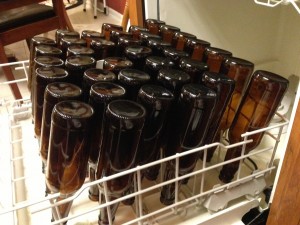 This kit didn’t come with a secondary fermenter, so the fermentation all occurred in the primary fermenter over two weeks. I brought the fermenter out and put it on the counter, opening the lid. It smells pretty good, but first the bottles and equipment need to be sanitized. Clean bottles are fairly easy to sanitize; just put them in the dishwasher. The heat of the drying cycle is enough to sanitize the bottles. 38 bottles fit on the bottom rack of the dishwasher, so I had to do them in two batches. Everything else is sanitized with a new batch of the no-rinse sanitizer the kit came with.
This kit didn’t come with a secondary fermenter, so the fermentation all occurred in the primary fermenter over two weeks. I brought the fermenter out and put it on the counter, opening the lid. It smells pretty good, but first the bottles and equipment need to be sanitized. Clean bottles are fairly easy to sanitize; just put them in the dishwasher. The heat of the drying cycle is enough to sanitize the bottles. 38 bottles fit on the bottom rack of the dishwasher, so I had to do them in two batches. Everything else is sanitized with a new batch of the no-rinse sanitizer the kit came with.
Priming sugar to carbonate the beer also needs to be prepared. For this, corn sugar is added to a half a cup of water, boiled for five minutes, then left in the pot to cool. After cooling the priming sugar is put into the bottling bucket. The priming sugar allows the yeast to consume it in order to carbonate the beer when the beer is in the bottles.
The beer needs to be moved from the fermenting bucket to the bottling bucket by siphon. This is where an auto-siphon, a tool that pumps the beer up into the siphon to start it, would have been useful. I managed to get the siphon going without one. The beer goes up the racking cane and down the tubing into the bottling bucket where the beer mixes with the priming sugar.
Once the beer has been transferred, the tubing is attached to a spigot on the bottom of the bottling bucket and a filling nozzle is attached to the other end of the tubing. One by one the bottles are filled with the nozzle and capped. This took quite a while (and was a bit of a mess) but I had 44 bottles of beer by the time I was finished.
According to the kit it will take another two weeks for the bottles to carbonate and therefore be ready to drink. Thus far I feel like there are a few things I could use to add to my homebrewing kit:
- A wort chiller in order to cool the wort faster and more easily.
- A carboy (a large bottle made of plastic or glass, similar to a 5 gallon bottle of water for an office water cooler) to use as a secondary fermenter. I did notice a lot of sediment in the fermenter; transferring to a secondary fermenter is supposed to help make a clear beer.
- An auto-siphon in order to easily start the siphoning from one vessel to another.
Next time I talk about homebrewing I’ll actually be tasting the beer that went through this process. Hopefully it doesn’t suck.















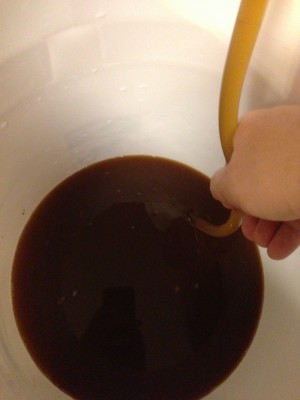
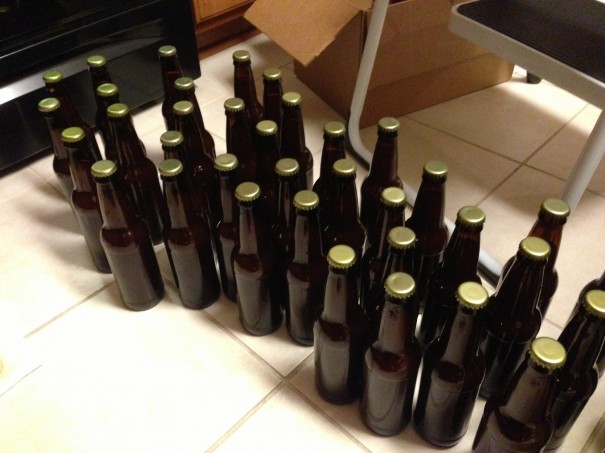
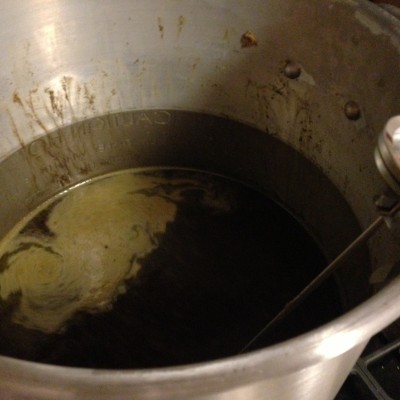

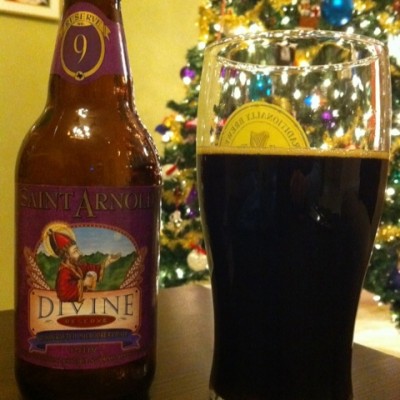
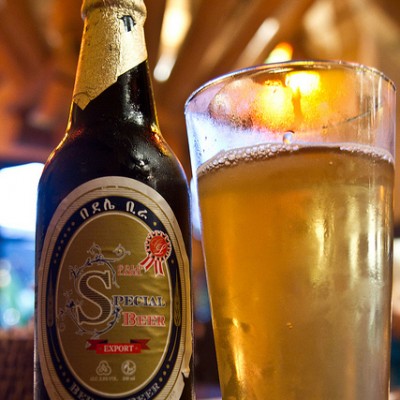



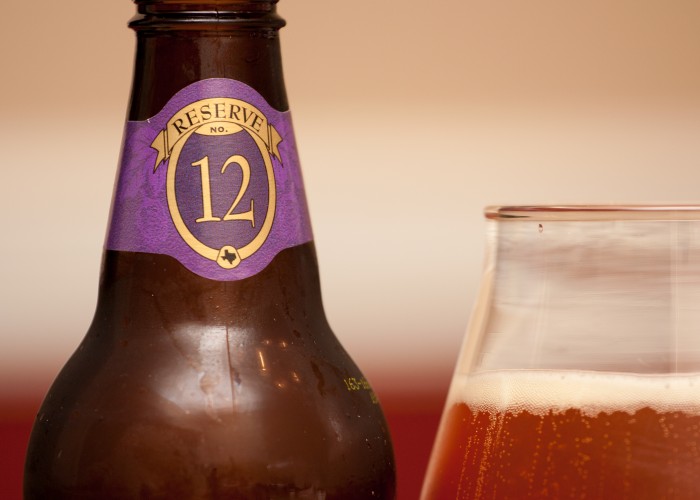

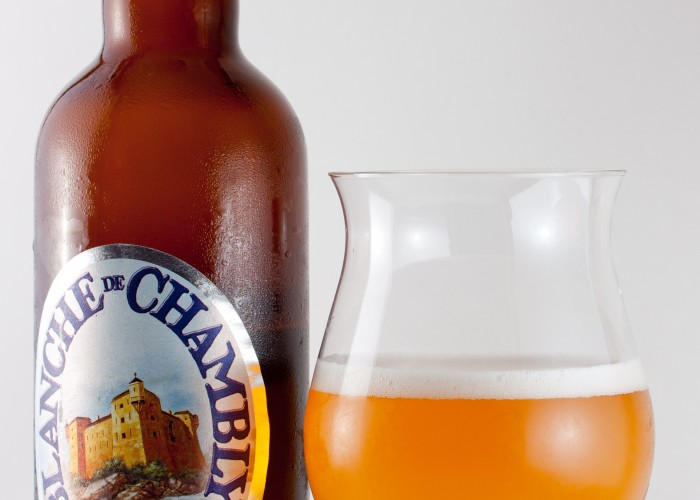

Jason Heger
This is why I keg all my beer. With a clean keg I just run some sanitizer through it and then transfer from the primary to the keg.
Once it’s in the keg I either filter it or go for the unfiltered taste. If I do the unfiltered then the first few pints get dumped.
Kegging can be a bit pricey as you’ll also need the CO2 or beer gas, but for the ease of serving it helps save some valuable time and back pain.
Send me 2 bottles and I’ll score them for you.
Jim Y
Dishwasher sanitizing is not always a good thing. Some hairline cracks may be formed in glass due to extreme temeperature changes whick may cause bottles to explode if using natural carbination. Secondly, dishwashers with jetdry not fully removed will cause the head retention to dwindle during a pour. As far as secondary, just make sure that when you put into bottling bucket the syphon doesnt touch the yeast cake. Dont try to get every last drop, as tempting as it is, because you will always end up with extra sediment. When you transfer just wait 10 mintues then start to bottle. Anyway, great website. Used it while i was in Disney in Nov. Welcome to the world of homebrewing. very fun and addicting. Cheers. Jim Y
Andrew
Congrats on taking the plunge.
I’ll keep it simple. Skip the secondary. Chill the primary down near freezing for a couple weeks. Usually this is enough for the yeast and protein to drop out.
http://www.thebrewingnetwork.com
Not sure if you’ve found this yet. But it will change your life. Go back into the archives for some invaluable homebrewing lessons. And secrets of the pros. A lifetime of brewing knowledge. For free.